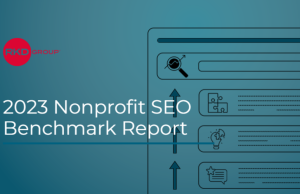Nonprofit techies like to say that open source software is free the same way that the first few paragraph on a new website are free. If you want to read more than a couple of stories, you have to take out that credit card.
In other words, the stories aren’t free at all and neither is there really free software. It requires an investment of time and sometimes money to get started.
There will be maintenance costs along the way to keep it running. You’re also likely to have false starts or feel growing pains that can affect productivity. It’s even possible you don’t really like your new, free software and now have to invest in switching back.
It’s important to go into any new software decision with your eyes open. Here are three ways to look at cost before choosing new “free” software.
- What is the purchase cost? This is probably pretty straightforward. It’s free, right? But while that might be true to get in the door, is it still free when you configure it to do what you want to do? There could be a one-time fee to integrate your software with another system.
- Many free systems have additional features that do cost money. You might find that once you get into the system there are modules or plugins that will make your life a lot easier. More than likely, those will have a cost.
- What is the implementation cost? Will you need to migrate data from one system to the other? Does integration require using an application programming interface (API) and do you know how to make the API work? Will you be able to train staff members yourself or will you need to call in a consultant or a vendor trainer to help get everyone on-boarded?
- What are the long-term support costs? You also have to think about your system two or three years from now. Can you be reasonably confident that the vendor will make updates or patch security issues? Will the system require new permanent staff to manage data or troubleshoot issues? How will your organization change over time and could your software change with you?
Beware the shiny object syndrome, which is especially tempting when the software is free. You can get yourself in a lot of trouble chasing the newest, most exciting software. Do your research and ask yourself these and other tough questions. Then, if you’re satisfied with the answers, you’ll be ready to jump in and get good value from your new software.










